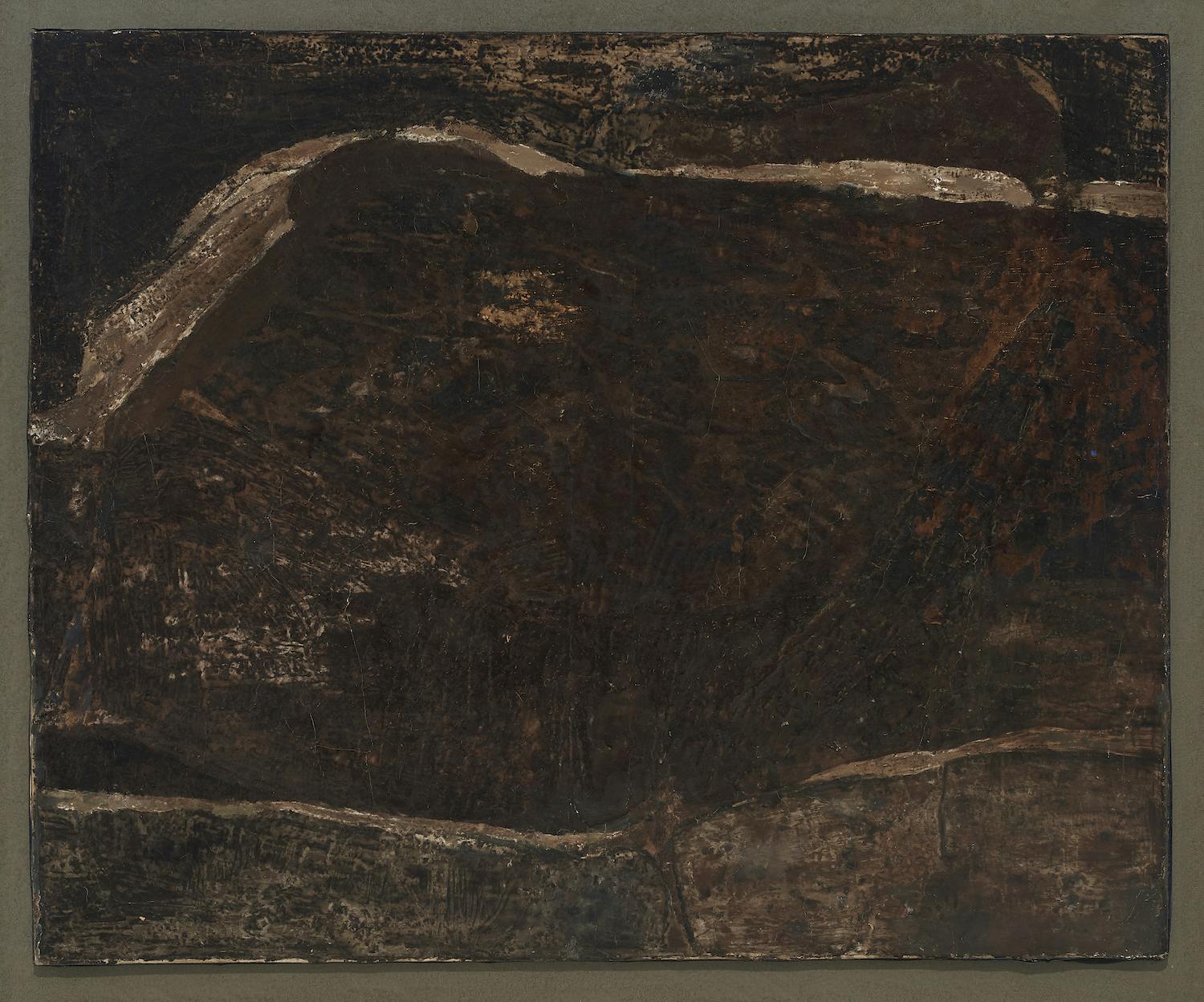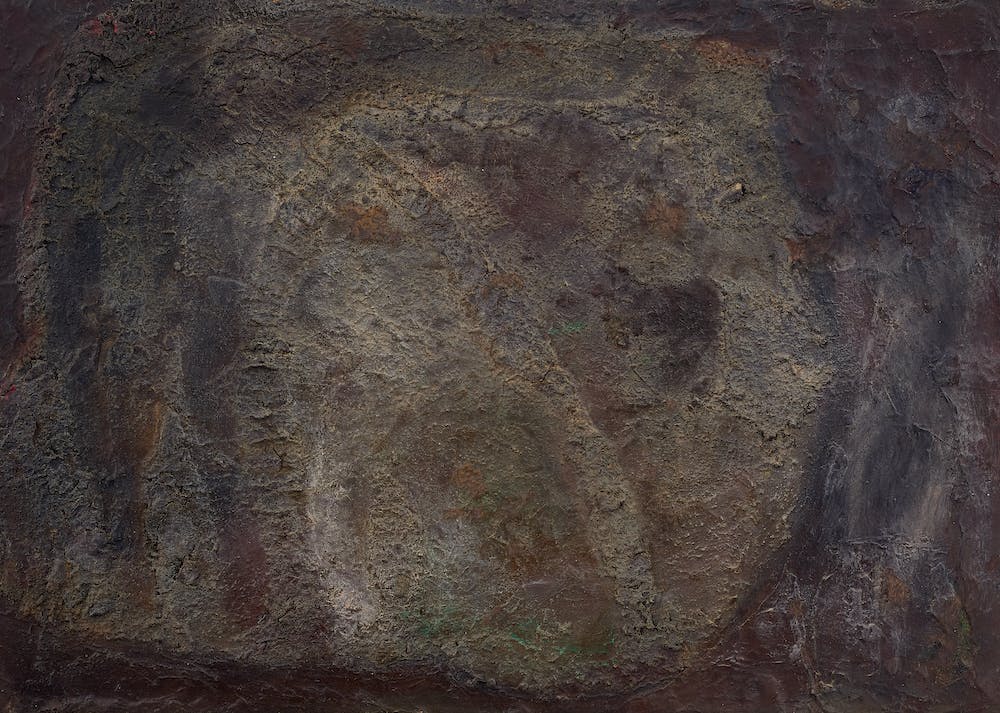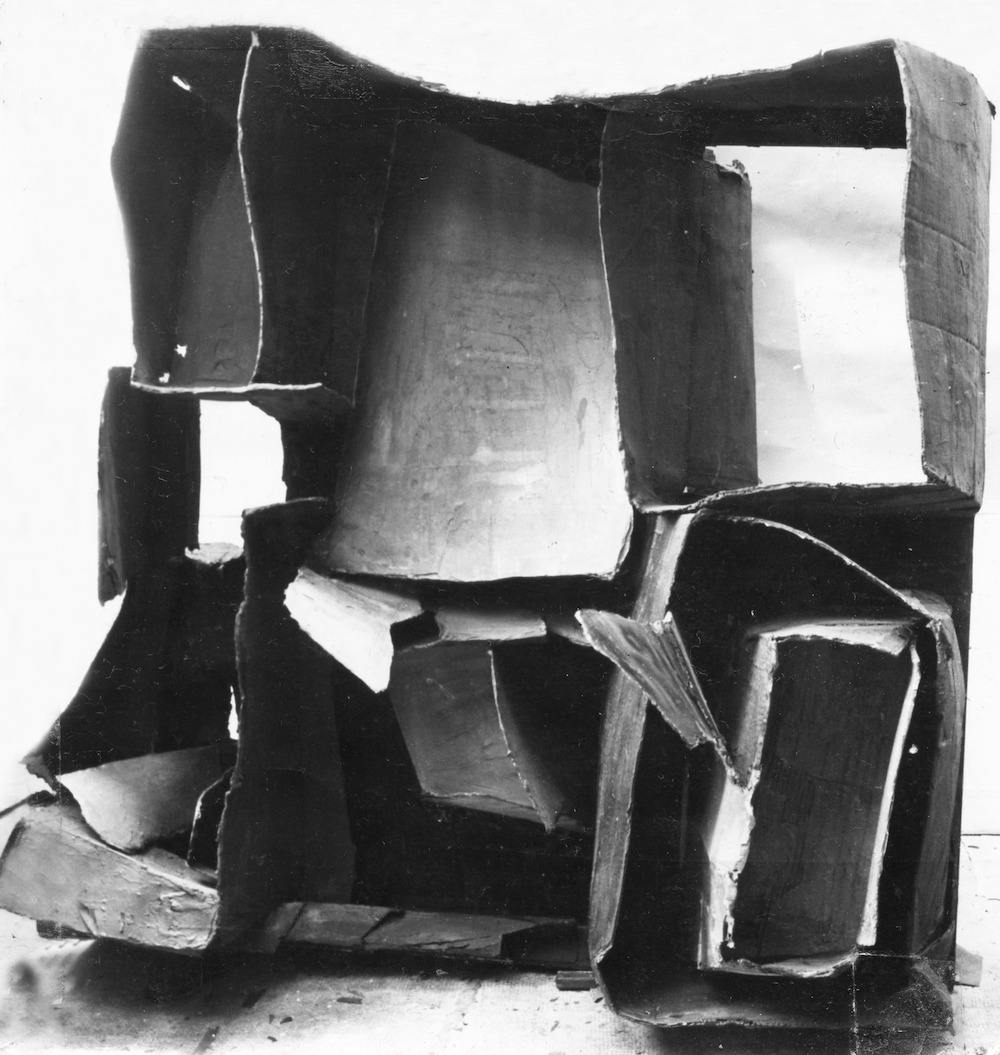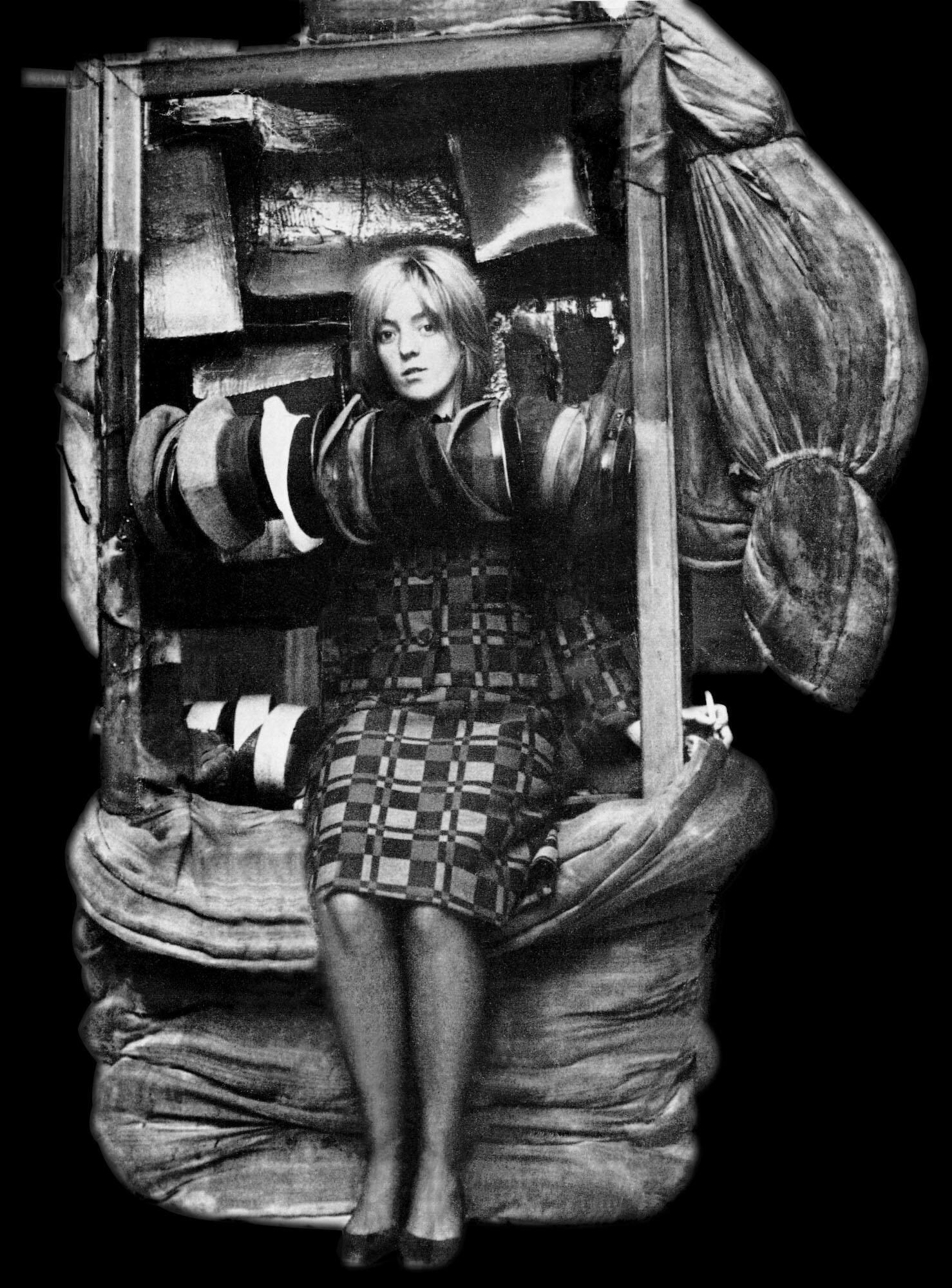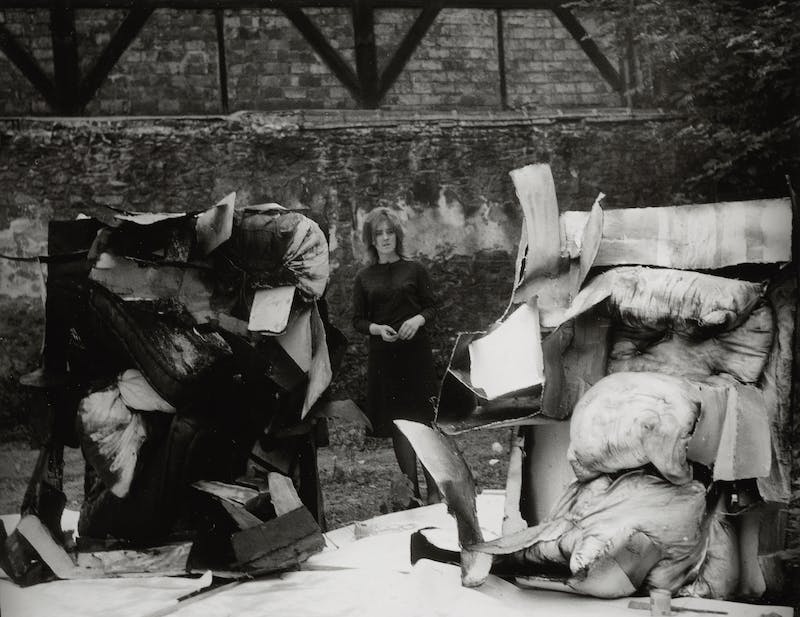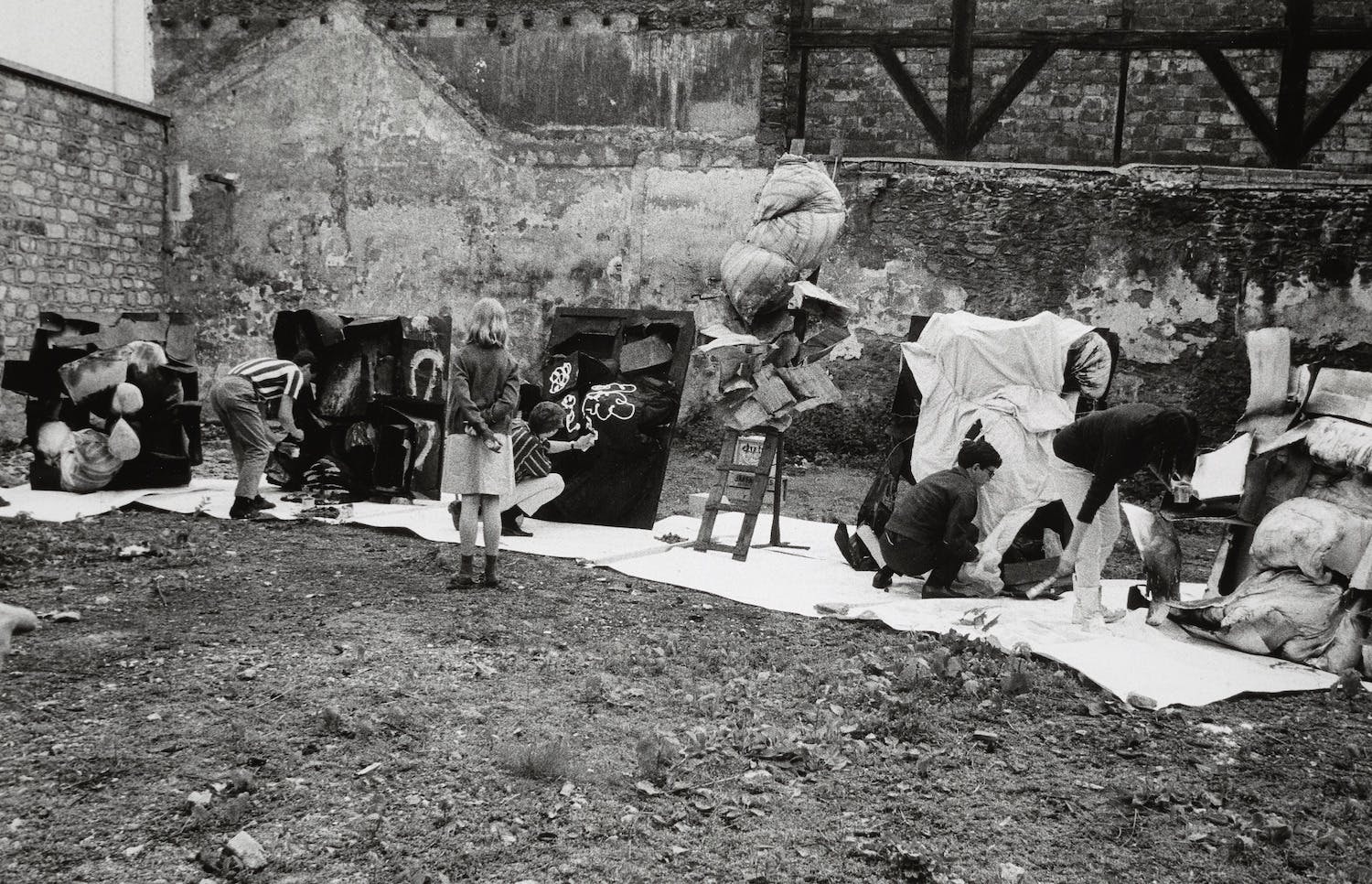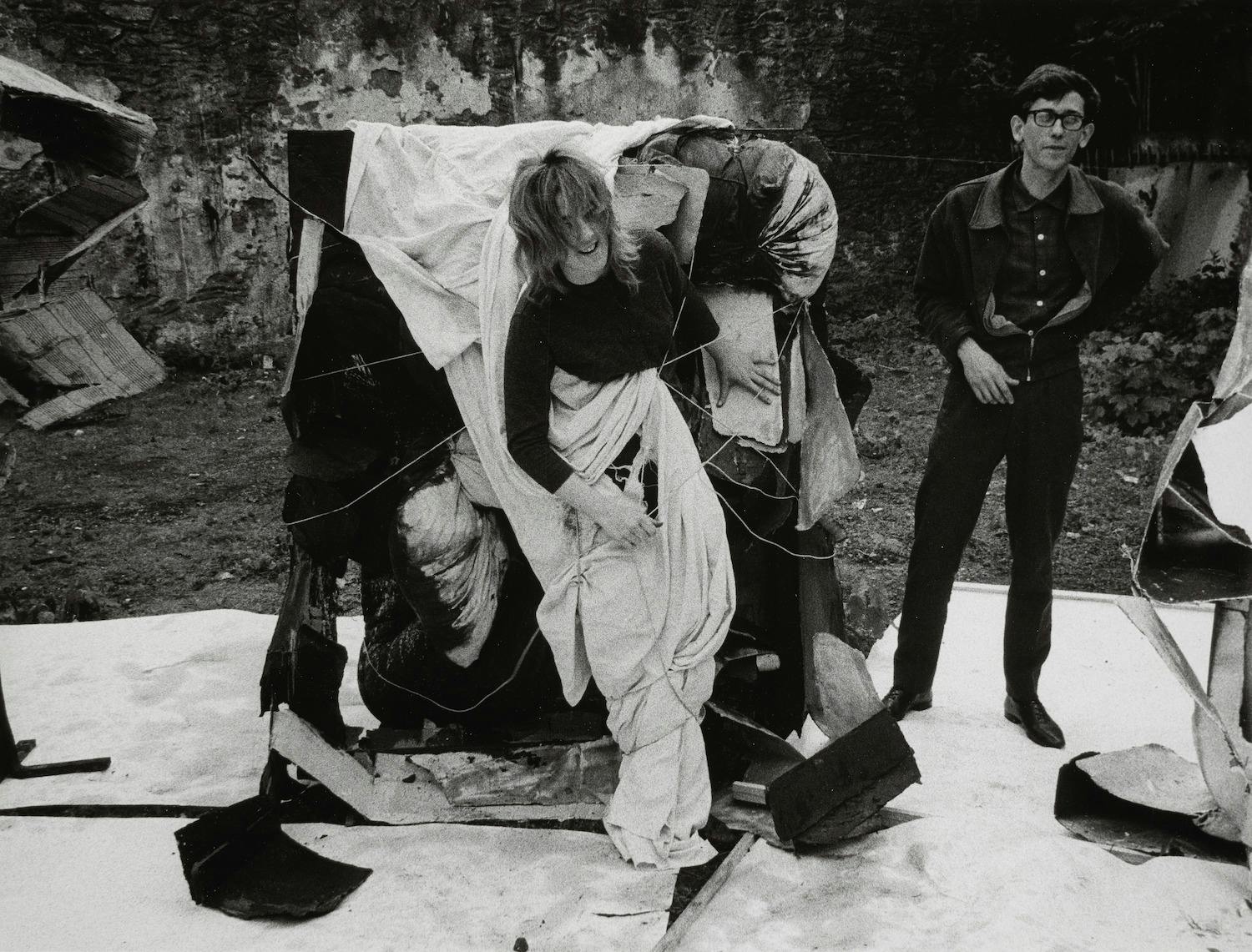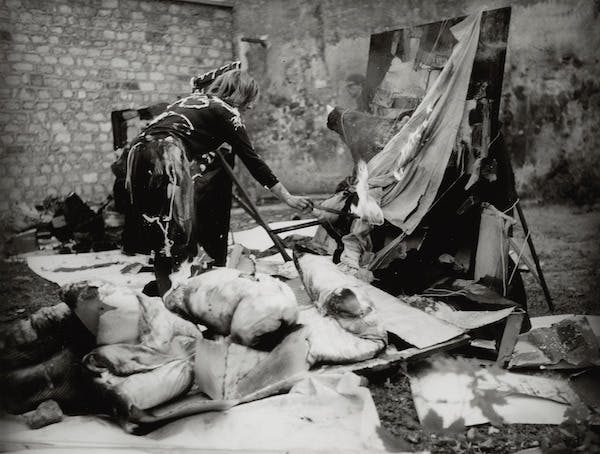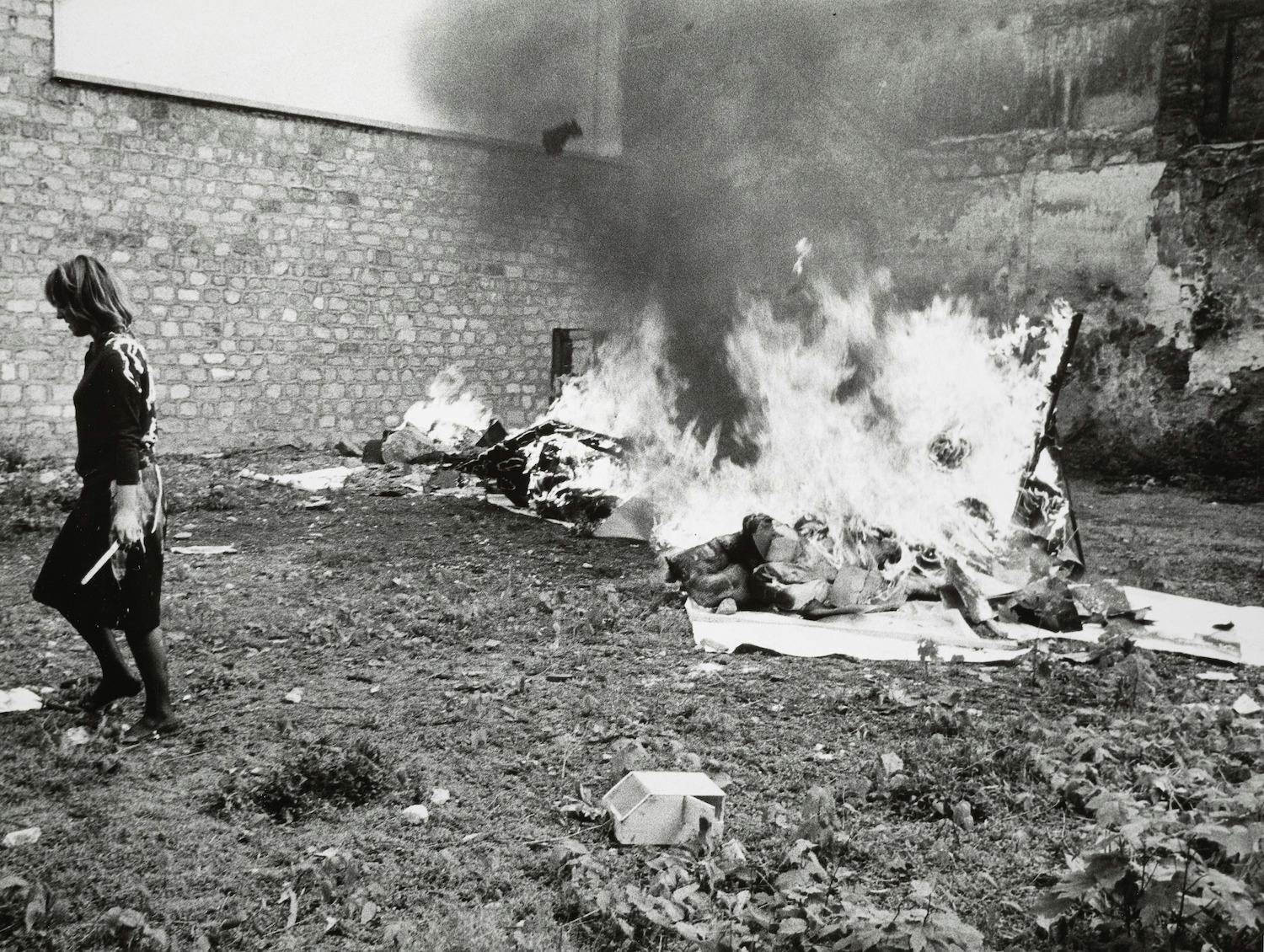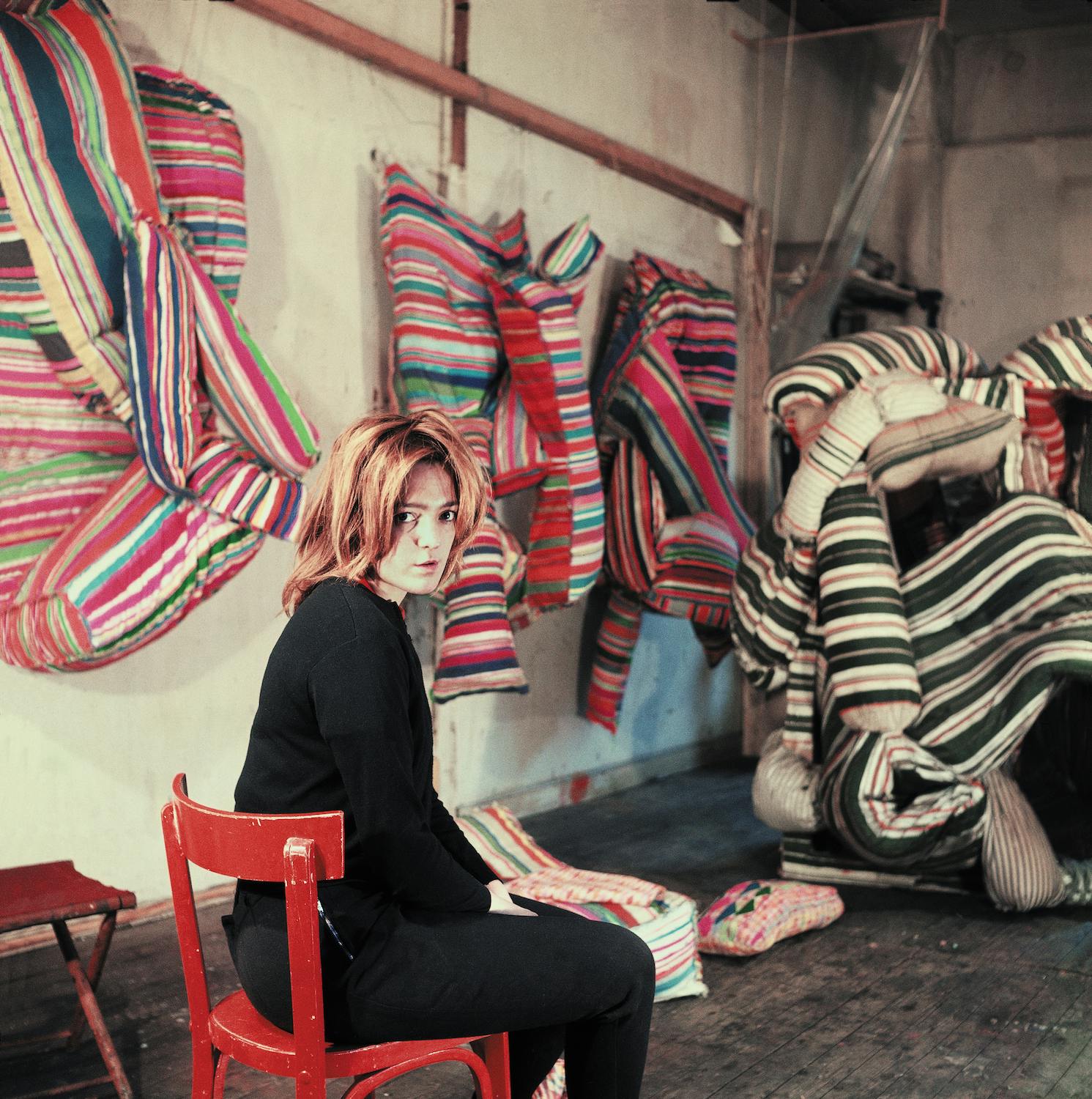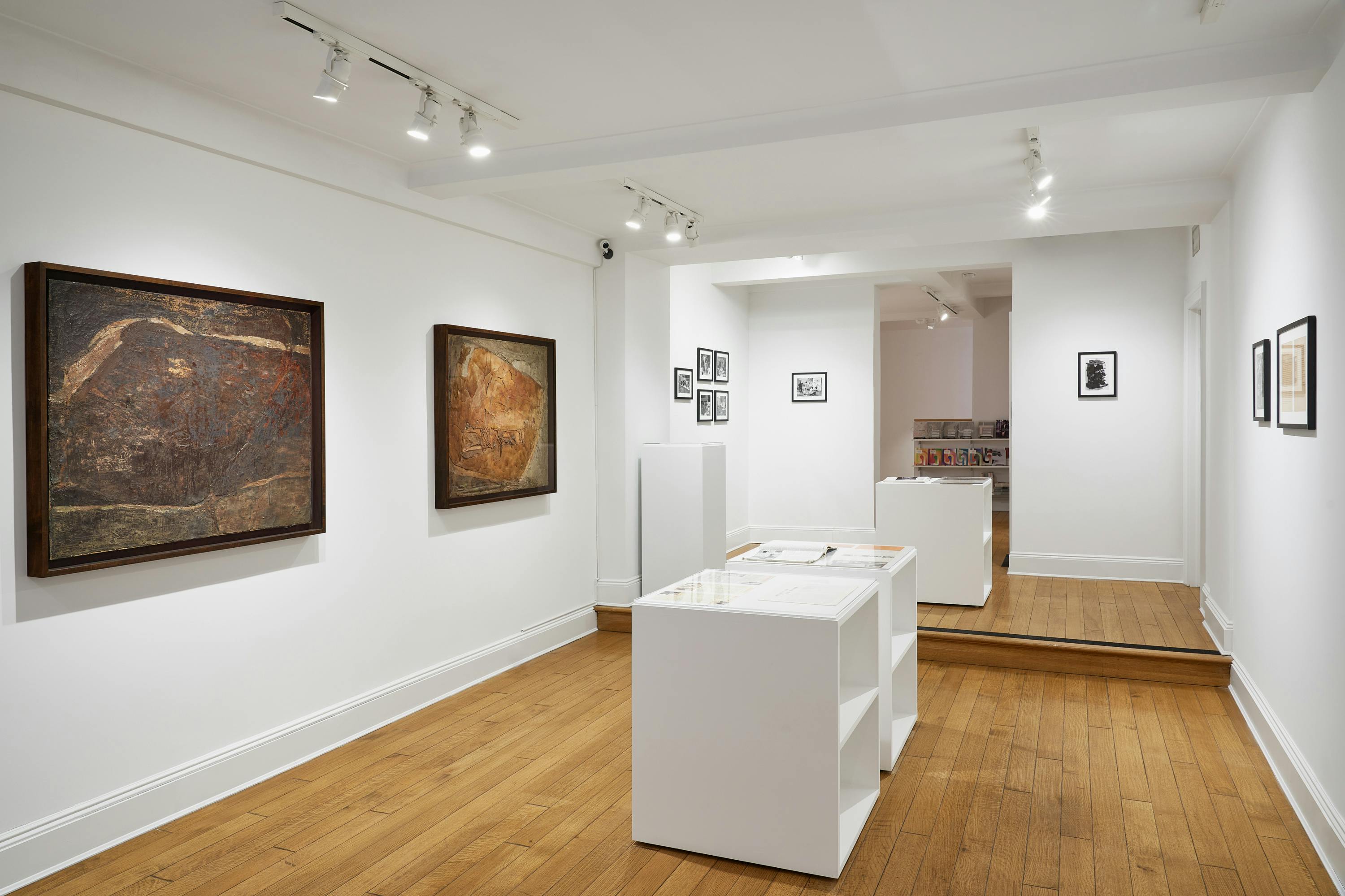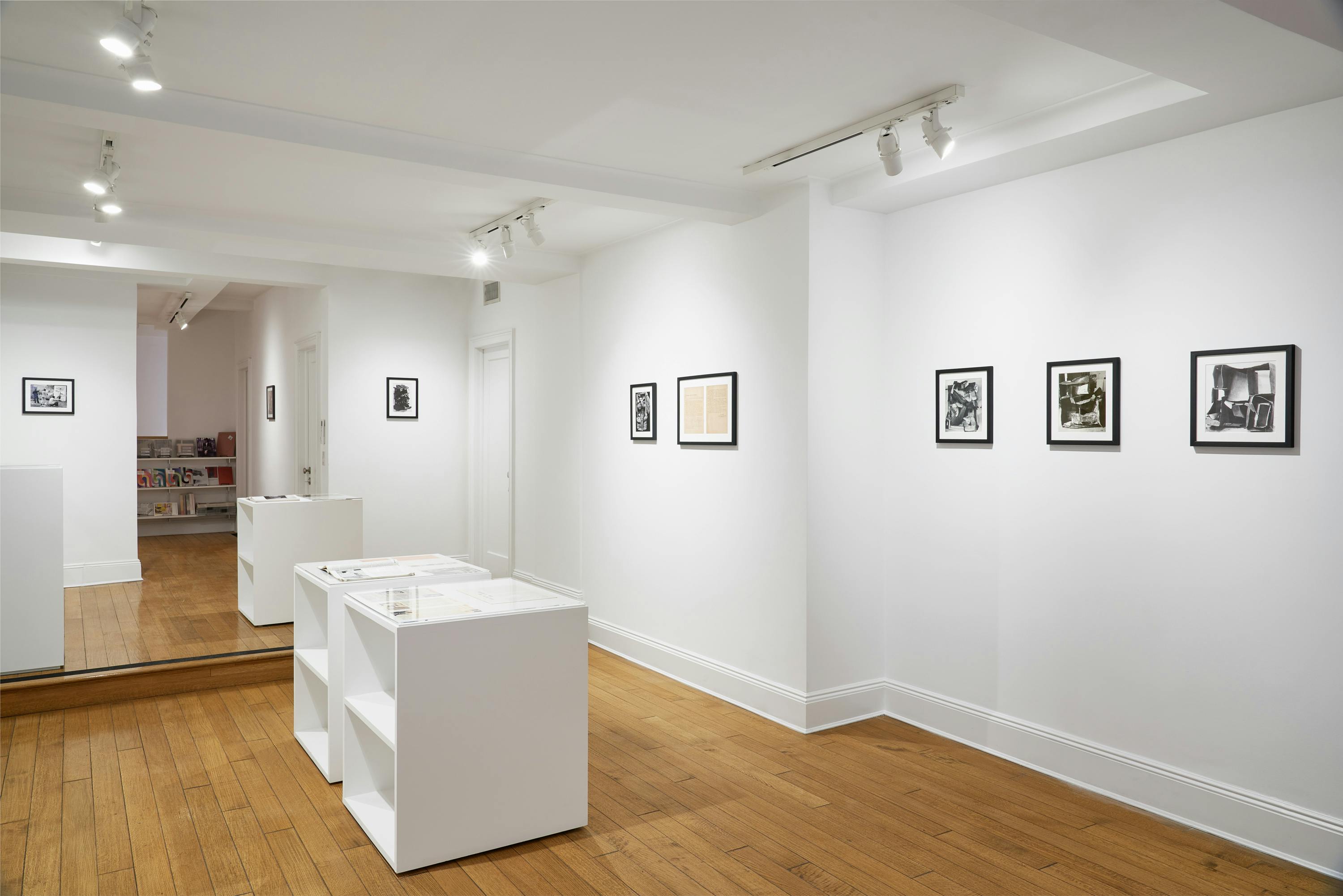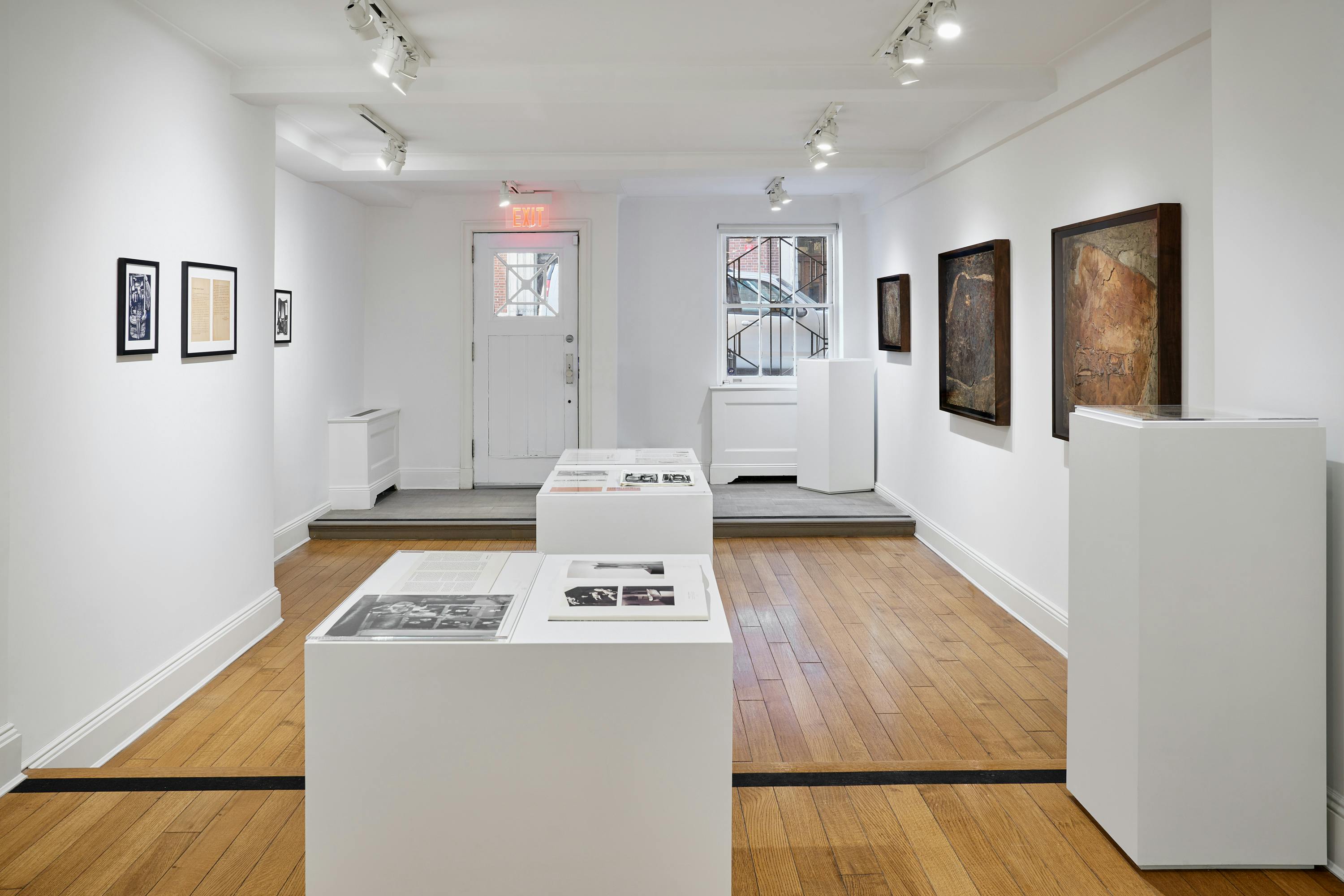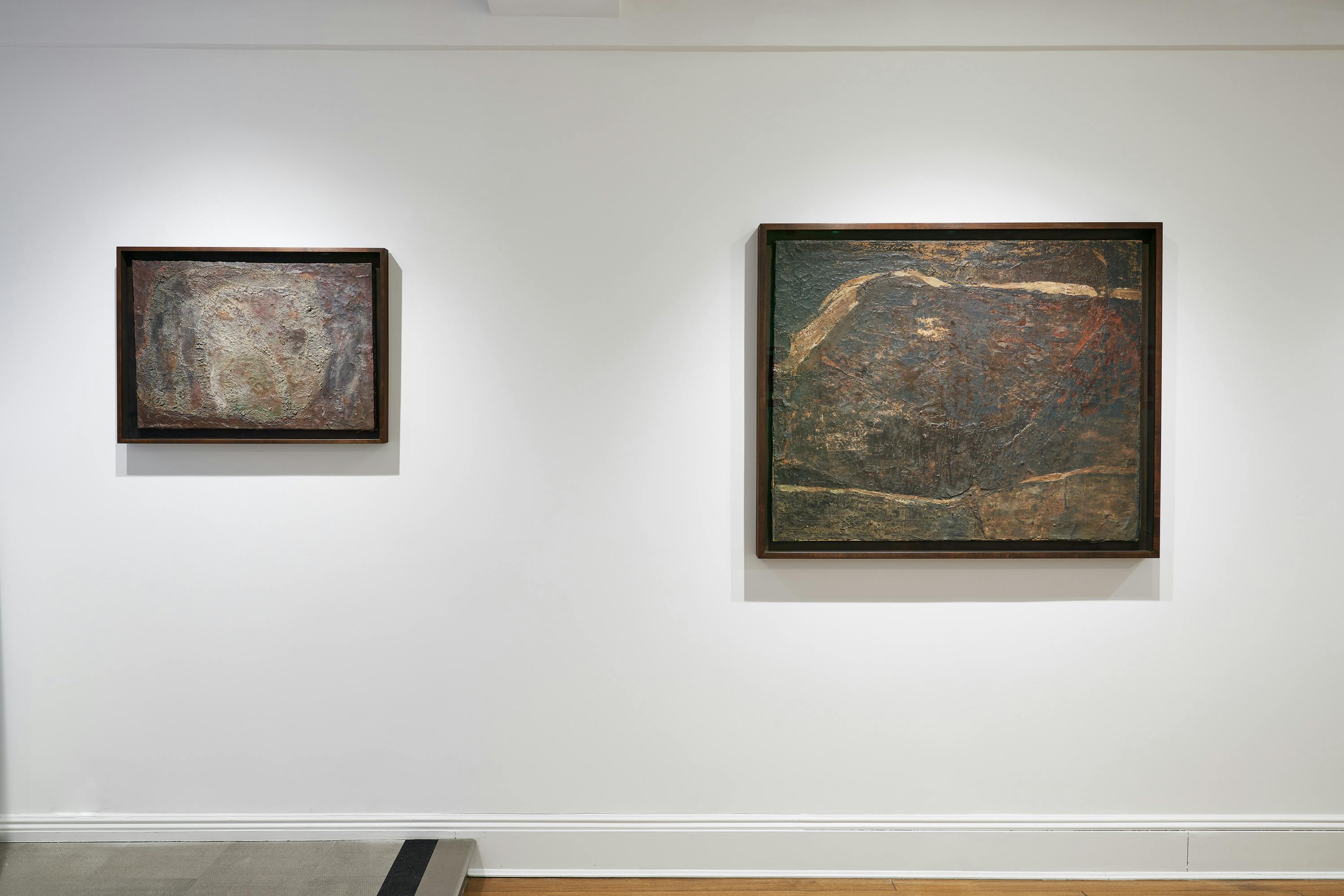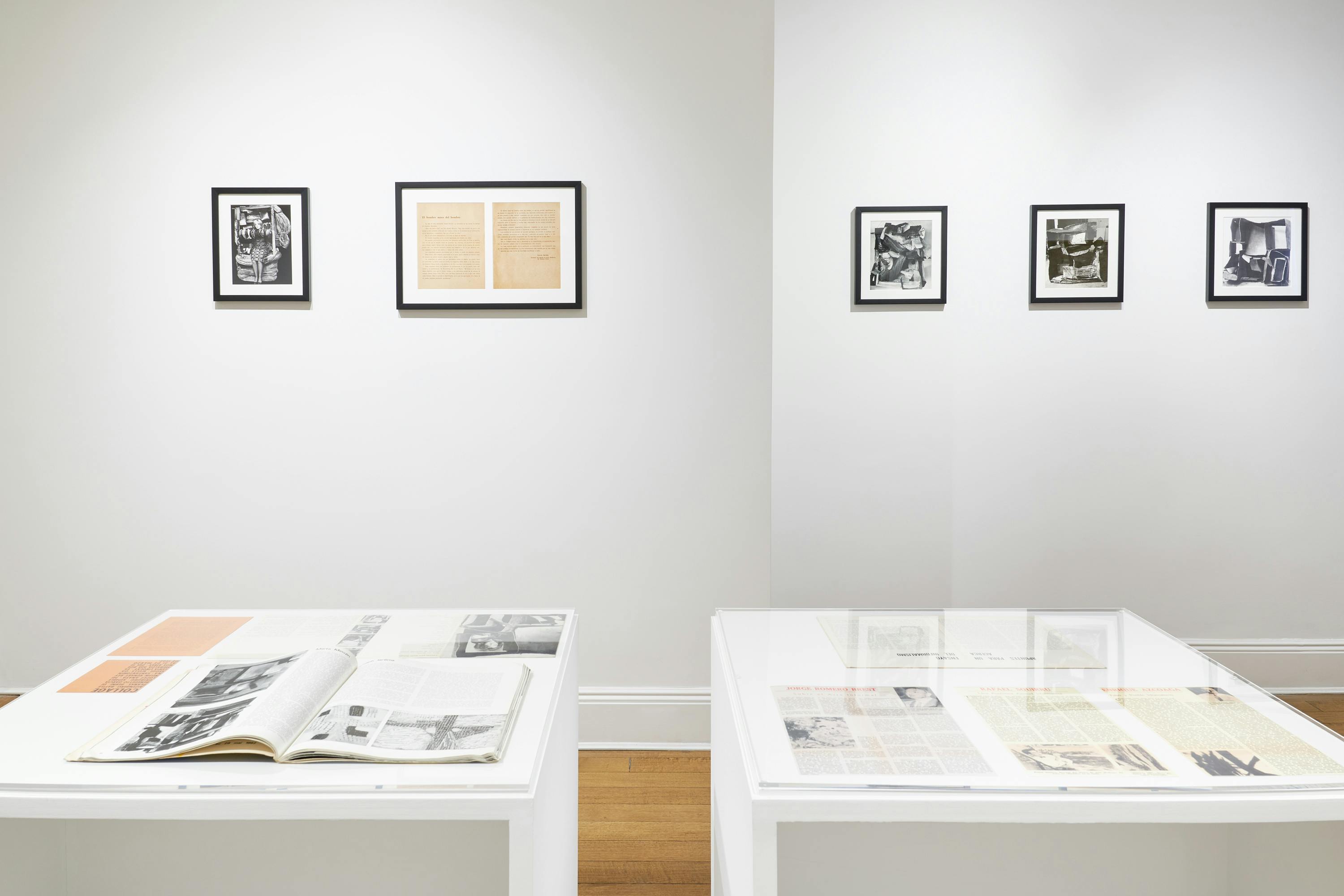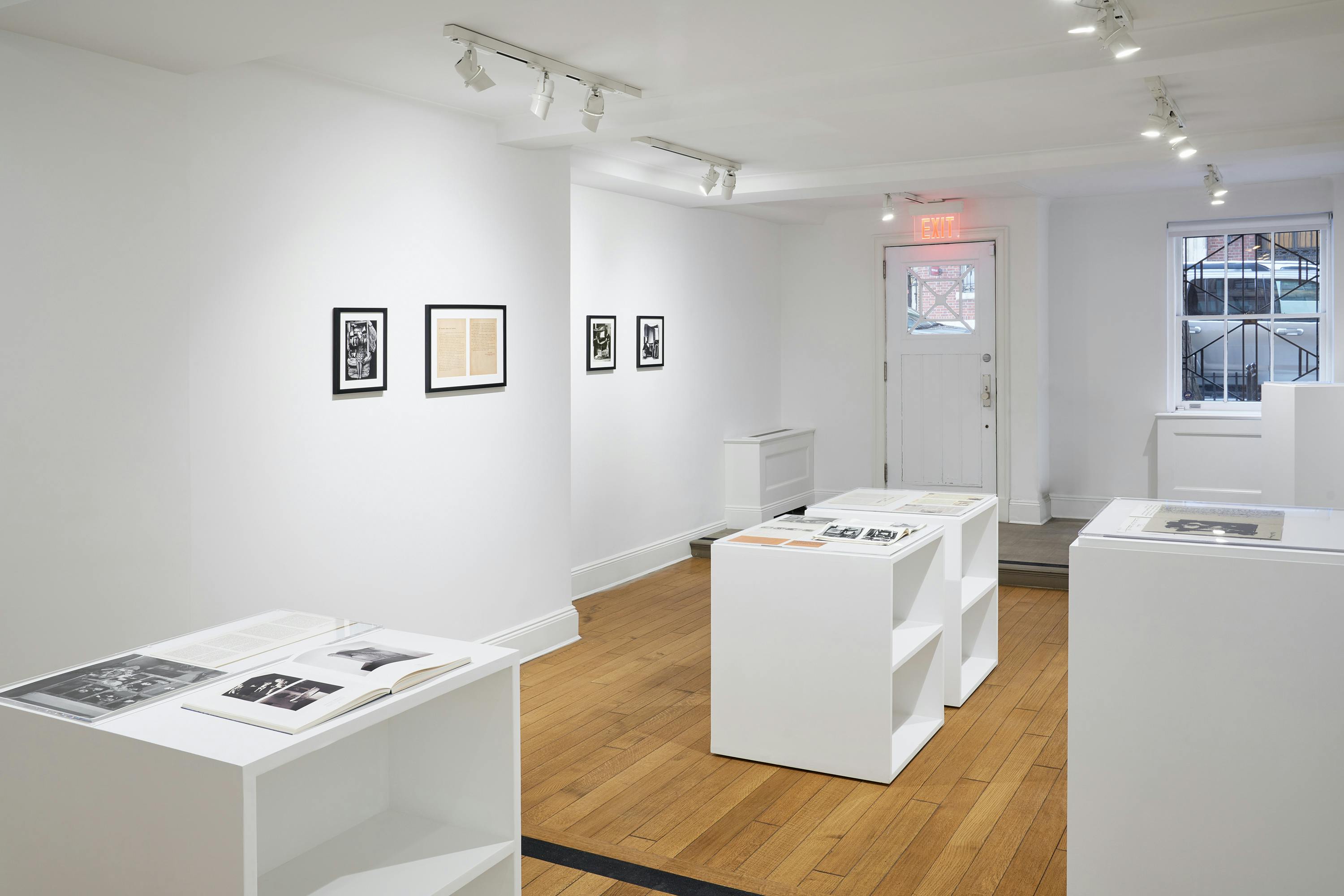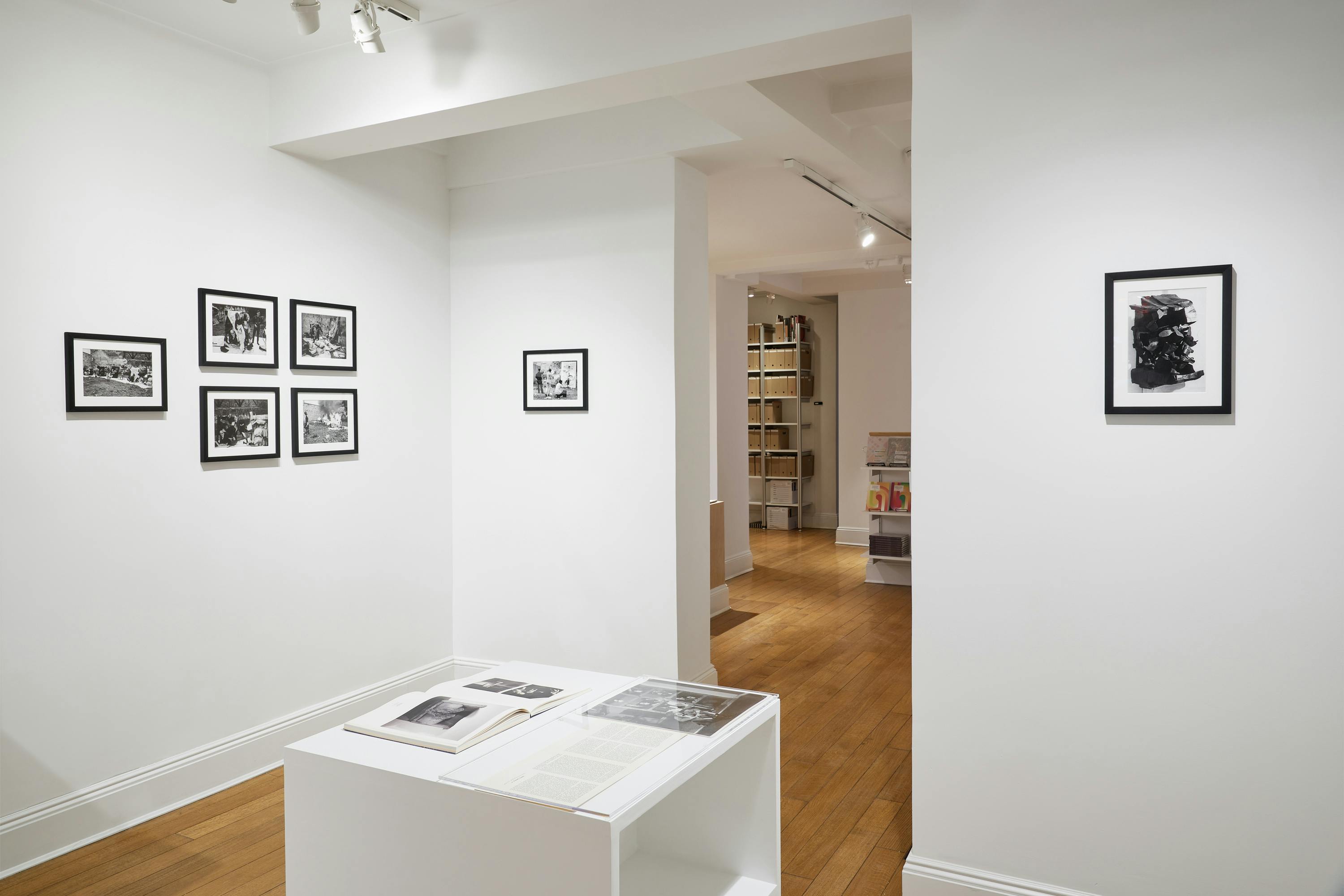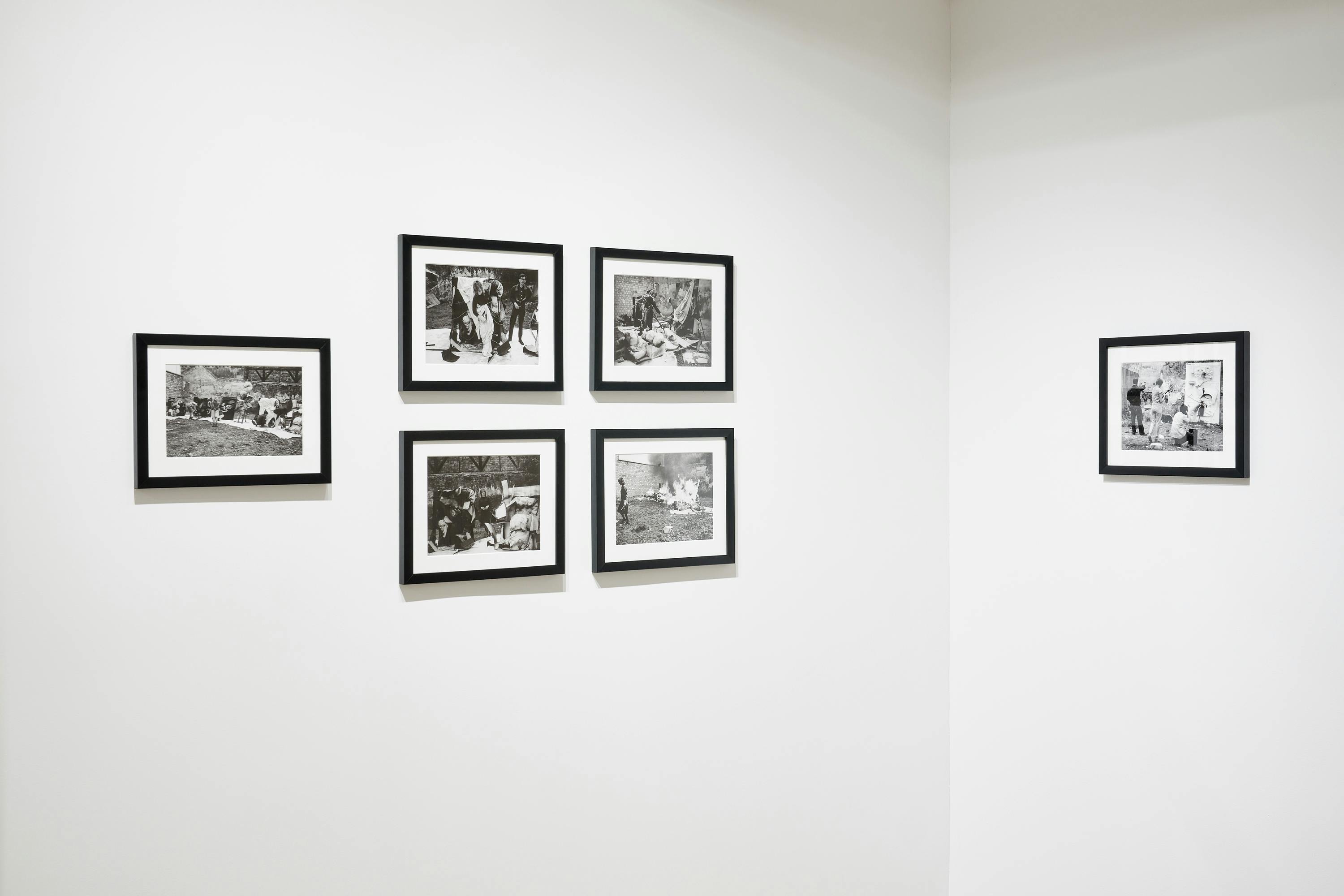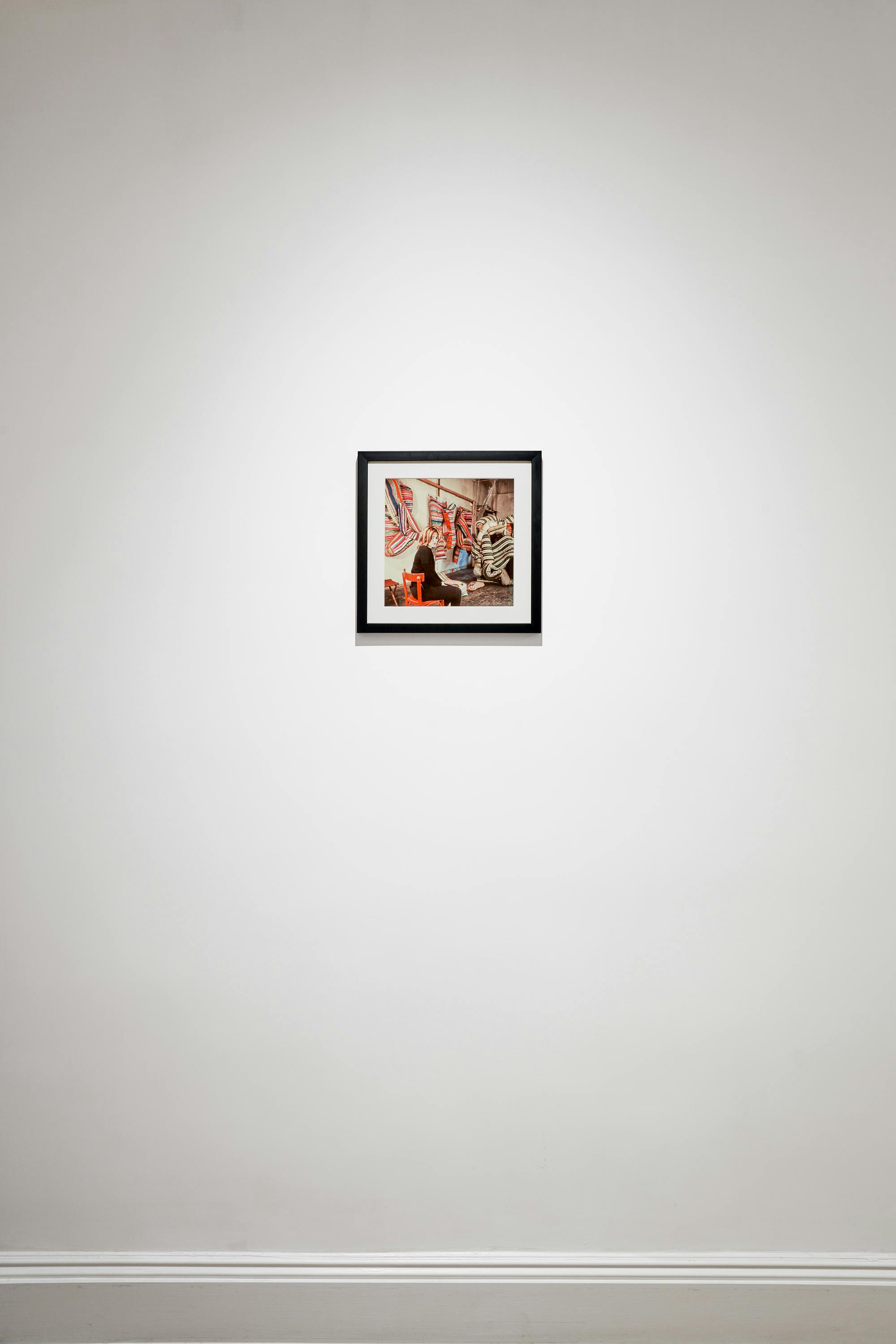The Institute for Studies on Latin American Art (ISLAA) is delighted to present Born of Informalismo: Marta Minujín and the Nascent Body of Performance, curated by Michaëla de Lacaze Mohrmann. The third in a series of exhibitions on Latin American modernism and its legacies, this show examines the early work of trailblazing Argentine artist Marta Minujín (b. 1943), tracing her trajectory from informalist painting and sculpture to performance.
Presenting three of Minujín’s informalist paintings from around 1959 to 1961 alongside exhibition catalogues, photographs of sculptures, and documentation of the 1963 happening La destrucción (The Destruction), this exhibition highlights Informalismo’s importance as a key conduit for Argentine experimental art of the 1960s. Whereas many accounts of the movement have focused on the production of a small contingent of male artists, this show encourages a reconsideration of its heterogeneity, transnational context, and sociopolitical framework through Minujín’s work, paving the way for additional research into its role in late twentieth-century Latin American art.
Informalist painting emerged in the late 1940s as a form of expressive abstraction characterized by the gestural application of paint. Gradually taking root around the globe, the style developed across Europe, the Americas, and East Asia, pushing the approach in new directions. By 1956, it had firmly taken hold in Buenos Aires, where the movement’s proponents produced relief-like paintings that incorporated a somber color palette and the extra-artistic materials of everyday life, including rags and rusted cans. Evocative of the harsh realities of daily life and a general postwar malaise, Argentine Informalismo embraced ugliness, spontaneity, violence, and irrationality in a decisive break with the mathematically precise logic of the country’s preceding avant-gardes, such as Concretism.
While the style was largely dismissed by contemporary critics, who derided its use of base materials, Born of Informalismo highlights the movement’s art historical significance and role as a foundational catalyst for experiments beyond the canvas. For Minujín, who used Informalismo’s lexicon of earthy colors, found items, and textural impastos to convey the passage of time, the style offered a crucial platform for testing out ideas regarding the body and action in art. Paintings such as Gran mancha (Big Stain, ca. 1959), Mancha (Stain, 1960), and Homenaje a Greco (Homage to Greco, 1961), composed of thick layers of smeared and speckled oils, evince the effects of aging through their cracked skin-like surfaces. Minujín’s subsequent informalist sculptures of the early 1960s marked a transition into three dimensions by constructing discarded mattresses and cardboard into fragile anthropomorphic and embodied forms.
These experiments in painting and sculpture coincided with Minujín’s early performances, setting the stage for her first full-scale happening, La destrucción—a pivotal piece, produced in Paris, in which she destroyed her sculptures in a ceremonial conflagration. Inspired by Nouveaux réalisme in France and following the emergence of Arte destructivo in Argentina, Minujín abandoned the informalist idiom in 1963, going on to contribute formative work in installation, performance, and time-based media in the following years.
This exhibition would not have been possible without the support and collaboration of Marta Minujín and the Marta Minujín Archive, who generously made materials available for reproduction. ISLAA would like to extend its sincere gratitude for their assistance.
Born of Informalismo: Marta Minujín and the Nascent Body of Performance is accompanied by a publication that includes an essay by curator Michaëla de Lacaze Mohrmann. Physical copies will be distributed free of charge at ISLAA and made available for download online.
ISLAA is open from 2 to 5 PM on Tuesday and from 2 to 7 PM on Wednesday through Friday. Guests must wear masks and adhere to all COVID-19 guidelines while on-site. Although walk-ins are allowed, visitors are encouraged to book appointments in advance through ISLAA’s online scheduler.
For press inquiries, please email Olivia Casa, ISLAA’s exhibition and curatorial manager, at olivia.casa@islaa.org.
Exhibition Works
Installation Views
A pivotal figure of late twentieth-century art, Argentine artist Marta Minujín (b. 1943) has produced boundary-breaking performances, paintings, sculptures, and installations over the course of her influential career. Since the late 1950s, she has addressed wide-ranging concerns from spectacle culture and the mass media to eroticism and nationalist iconography. An innovator of happenings, soft sculpture, environments, and technology-based art forms, she has at turns embraced Informalist, Pop, and Conceptual strategies in formative works such asLa Menesunda(1965),Simultaneidad en simultaneidad(Simultaneity in Simultaneity, 1966), andEl Partenón de libros(The Parthenon of Books, 1983). Among her numerous honors, she received the Premio Nacional Instituto Torcuato Di Tella Award in 1964 and a Guggenheim Foundation Fellowship in 1966. Minujín has had solo exhibitions at Howard Wise Gallery, New York (1967); the Centro de Arte y Comunicación (CAyC), Buenos Aires (1975); the Museo Nacional de Bellas Artes, Buenos Aires (1999); Americas Society, New York (2010); the Centro Andaluz de Arte Contemporáneo, Seville (2010); the Museo de Arte Latinoamericano de Buenos Aires (2011); the Museo de Arte Moderno de Buenos Aires (2016); and the New Museum, New York (2019).
Michaëla de Lacaze Mohrmann is a Franco-Peruvian art historian and curator, broadly trained in modern and contemporary art and with an expertise in Latin American and Latinx art of the postwar period. She holds a BA in art history from Harvard University as well as a PhD in art history from Columbia University. Her research for her dissertation, “Populist Counter-Spectacles and the Inception of Mass Media Art in Argentina,” which centers on the work of Marta Minujín, has been featured in articles forArtMargins,Artforum, andICAADocuments of Latin American and Latino Art, among other publications. Her writings have also appeared in several exhibition catalogues, includingNew York: 1962–64(Jewish Museum and Yale University Press, 2022) andWifredo Lam: The Imagination at WorkandPrabhavathi Meppayil(both Pace Gallery, 2022). De Lacaze Mohrmann completed curatorial fellowships at the Museum of Modern Art, New York, and the National Museum of Korea before working as Pace Gallery’s associate curatorial director.

